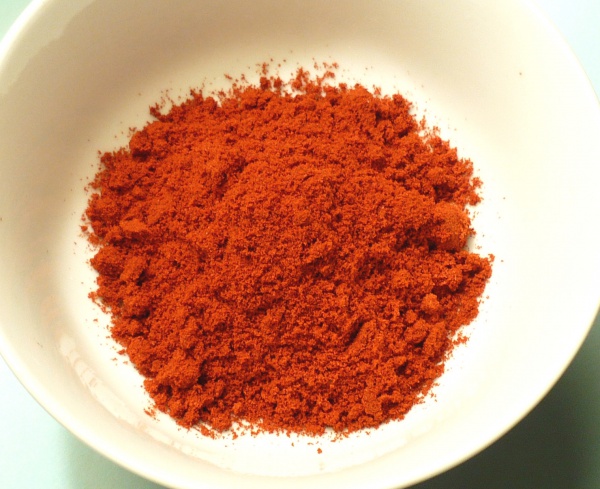Facts About Paprika
Paprika is a delightful ground spice made from dried red fruits of the milder varieties of the Capsicum annuum plant. Traditionally, it's produced from peppers that have thinner flesh and belong to the Longum group. Originating in North America, particularly Central Mexico, these peppers were introduced to Spain and Portugal in the 16th century. Today, paprika is cherished for adding vibrant color and rich flavor to a wide array of dishes across various cuisines.
The spice's journey did not end on the Iberian Peninsula; it spread to Africa, Asia, and eventually Central Europe through the Balkans. The English term "paprika" has Hungarian origins, reflecting its introduction to the region during the Ottoman rule. Paprika's flavor can range from mild to hot, with each country offering its unique twist. The sweet variety primarily uses the pepper's pericarp, while the hot version includes seeds, stalks, placentas, and calyces, giving it its vibrant color due to carotenoids.
Paprika's history is rich and fascinating. From its North American origins, it reached Spain in the 16th century, and by 1569, Hungary was cultivating its own version in Budapest. The word "paprika" comes from Hungarian, with Latin and Sanskrit roots. Hungary remains a significant producer, offering various grades from mild to hot.
In Spain, paprika is known as pimentón, available in mild, mildly spicy, and spicy varieties. A favorite is Pimentón de la Vera, celebrated for its smoky flavor. Paprika is a staple in many culinary traditions, perfect for seasoning and adding color to goulash, stews, soups, sausages, and meats. Additionally, it is packed with carotenoids, providing nutritional benefits such as vitamins A, B6, and E.

 Western Sahara
Western Sahara